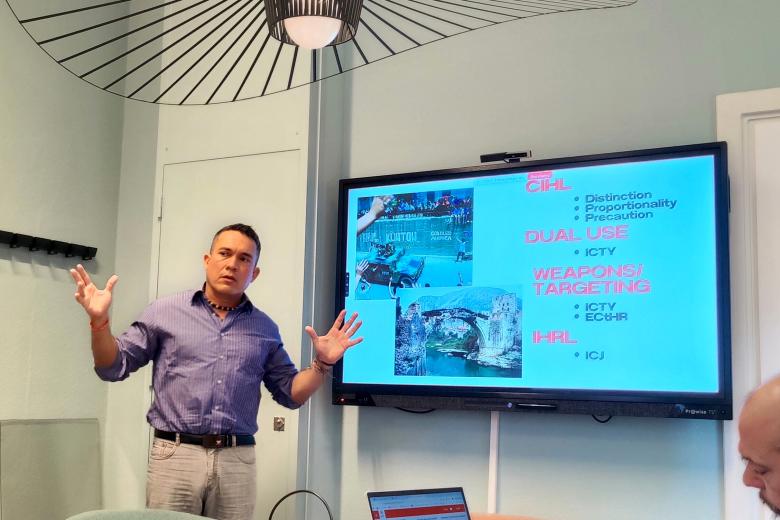UM moves up a spot in THE Ranking
Maastricht University improves in THE World University Ranking, rising from 128 to 127. The ranking is based on 13 performance indicators for education, research, knowledge transfer and internationalisation. Almost 1400 universities worldwide have been included this year, with Oxford University in the lead (for the fourth year in a row). The Netherlands ranks fourth in the world with the most universities in the top 200 – after the US, Britain and Germany.
Almost all Dutch universities score higher this year in the fields of "industry income" (to what extent the business community finances research), and "international outlook" (the percentage of international students and employees), but also cooperation with foreign partners. On the other hand, there was a decrease in the number of citations (how often scientific publications are referred to by fellow scientists in new publications).
The ranking is traditionally dominated by American and British universities – although there is also a downward trend among those – while Chinese universities are on the rise. THE notes that Chinese universities score particularly well in research because of substantial (government) investment. It is striking that Australian universities seem to benefit from the Chinese success. According to THE, this is due to the many (academic and trade) relations between the two countries.
More information and the complete ranking on the THE-website.
Also read
-
Andrés Caceres Solari on No room for Human Rights in Gaza and Ukraine: How the Law Legitimizes Urban Devastation
Pick Our Brains Session with Andres Caceres Solari

-
AMIBM hosts the final Realise-Bio conference
The Aachen Maastricht Institute of Biobased Materials (AMIBM) hosted last week the third and final Realise-Bio annual conference, bringing together the Dutch and German bioeconomy ecosystems at the Brightlands Chemelot Campus.

-
Macrophages as key to treating liver fibrosis
Sabine Daemen is researching how certain macrophages can slow down fatty liver disease and fibrosis in order to develop new therapies.
